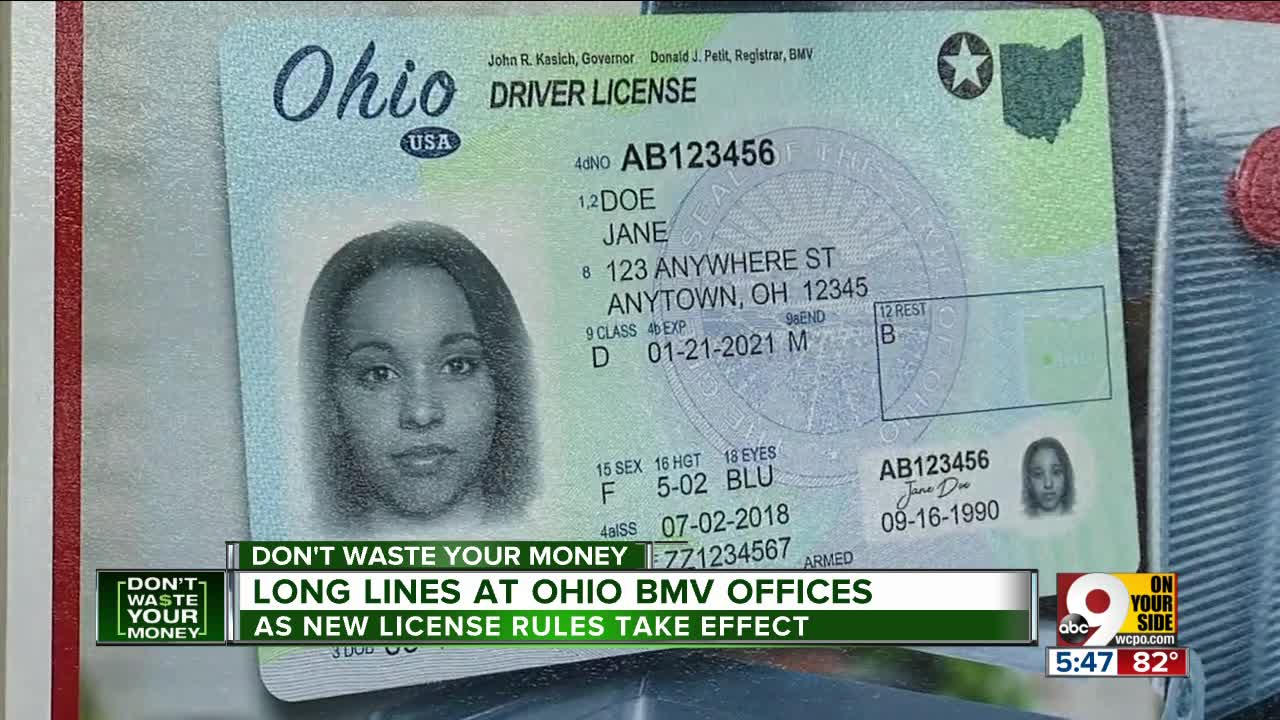
- Short, simple vision test to approximate what may be your nearsighted visual acuity. DMV eye/vision chart for 2018. Questions about DMV eye test or how/if you can pass?
- Preliminary vision screening indicates that you may not meet Ohio’s vision standards to renew your driver license per Ohio Revised Code (R.C.) sections 4507.12 and 4506.09. NOTE: A hold will be placed on your driver license and you will not be able to legally drive a motor vehicle until you meet vision standards required for licensing.
- 10-ft chart to be viewed from 10 feet away. Title: Envision 10ft Eye Chart Created Date: 12:27:41 PM.
The DMV stands for the Department of Motor Vehicles. It is a term used to describe the government agency that exists in the United States of America which is responsible for handing out driver licenses and vehicle registrations. The term DMV is not adopted by every state, but it is generally used as it is a simple and easily understood term that describes this authority. In many areas of jurisdiction, the actual work of licensing and registration is outsourced to an agency that is responsible for the administrative jobs associated with these processes.
One mandatory requirement for a person who is driving is the requirement of an acceptable level of vision. It is a legal requirement that people with refractive errors in their eyes must be wearing their prescription glasses or contact lenses while operating a vehicle.


Ohio Bmv Eye Exam Chart
Different DMVs have different rules regarding the limit of sight beyond which an individual will not be allowed to drive. During the process of licensing, a vision test is ordered. In this test, the candidate is made to read a few lines of letters from a chart, initially with both eyes and then subsequently with each eye. This is quite similar to an eye evaluation test that a doctor might conduct using a vision chart test procedure. If the previous valid license of an individual has corrective lenses as a requirement on it, the subsequent vision test will be conducted using those corrective lenses. At this stage, it is important for the subject to communicate if any changes in corrective lens power have occurred in the period between the two licensing exercises. When this has happened, the subject may be required to produce a doctor's prescription stating the same. The subject will then be allowed to take the test with the new lenses in place.
Ohio Drivers Eye Exam Chart Template

Eye charts can be configured in various ways, but generally, if during an eye test you can read the big E at the top but none of the letters lower than that, your vision is considered 20/200. That means you can read at 20 feet a letter that people with 'normal' vision can read at 200 feet.
It is important to note that a DMV test is designed to help improve road safety and is not targeted at individuals in a manner that will restrict drivers from being licensed. It is only to prevent those with poor vision from endangering the lives of others on the roads. These people who fail a vision test may re-apply for the same once some corrective action has been sought for their poor vision. Naturally, a person who is blind or virtually blind will not be able to drive a vehicle safely and will not be licensed. The requirement of the DMV is that the best eye has a minimum of 20/200 vision which is corrected with glasses or contact lenses.
More articles from the Medical Tests Category